CSAM is based on deposition of metal powders at supersonic speeds
November 1, 2021 9:27 pm
“Electron Beam Welding Technology is a thriving trend in the metal forming market.”
What are the upcoming technology trends in metal forming/ metal cutting?
Cold Spray Additive Manufacturing (CSAM) is one technology co-developed with Australia’s CSIRO to capitalize upon and add value to Australia’s abundance of titanium reserves which can be termed under the upcoming technology trends in metal forming. CSAM is based on the deposition of metal powders at supersonic speeds to create industrial scale parts and complex surface coatings. Titomic of Australia leverages this patented process and material science to create high performance products and solves complex engineering challenges utilizing automation and additive manufacturing.
3D Printing of Ceramic parts: Zirconia, HAP, alumina materials have been recently launched using laser SLA 3D Printing technology, made out of ceramic slurry developed in France by the company 3D Ceram. 3D Ceram is one of the leading providers of this technology in the 3D Ceramic Printing industry.
What are the latest offerings in the market with respect to standard format laser machines?
The latest offerings in the market, CSAM technology, are well equipped with advanced offerings, some of them listed below:
- Creates parts at high speed, drastically reducing end-to-end production time without any need for an inert environment, no size constraints and minimizes post-production machining.
- Large-scale manufacturing properties featuring dissimilar metals and composites.
- Viable input costs to rival traditional manufacturing
- Allows the manufacture of near-net shape parts, meaning parts are additively manufactured near their final tolerance (near-net shape) and may be machined by up to 10 percent along with drastically reducing lead times, machine time and material waste.
Incorporated in 2014, Titomic was created to commercialise Titomic Kinetic Fusion, or TKF or (CASM), based on the deposition of metal powders at supersonic speeds to create industrial scale parts and complex surface coatings. Titomic leverages this patented process and material science to create high performance products and solves complex engineering challenges utilising automation and additive manufacturing. Some of the capabilities of TKF are listed below:
- Prototyping, short runs and scalable volume along with Large Production Volumes
- Low Material Cost than all AM / 3D Printing, less Material than conventional methods, faster production than conventional and AM
- Machined or rough surface finishes along with medium fabrication costs.
The applications that are possible through this technology serve a wide variety of sectors such as aerospace, research, defense, biomedical field and diversified industries such as electronic insulation, heat exchangers, foundry cores, medical tooling etc.
Since 2017, after its integration into the Sinto group, 3DCeram has chosen to develop a range of 3D printers for technical ceramics, with 4 models, meeting the specifications of customers from industry, research centers and laboratories, etc.
3DCERAM SINTO, today, is specialized in three areas:
- Industry (Defence, Automotive).
- Aerospace and aeronautics (foundry cores, mirrors).
- Biomedical (eye implants, cranial implants, etc.).
A few of the existing users of 3DCERAM include Safran, Air Liquide, ZEISS, Thales, Swatch Group, Apple, CHU de Limoges. Some of the materials used in the ceramics are: AIN, Zirconia 3Y ZrO2 , Zirconia 8Y ZrO2 , Silicon Nitride Si3 N4 , Alumina Toughened Zirconia ATZ, Silica SiO2 , Alumina Al2 O3 , Hydroxyapatite / Tricalcium Phosphate, Cordierite and Silicore (Silica Based Ceramic).
What are the upcoming technology trends for welding of materials in metal forming?
Electron Beam Welding (EBW) Technology can be stated as the thriving trend in the metal forming market. Taking up the market with the advantages it offers, EB Welding can be seen as far more optimum than the traditional processes. With the increased demand and applications, its presence in the market is prominent with TECHMETA Engineering- France being the major “Electron Beam Welding” Technology Equipment supplier in the world.
TECHMETA offers solutions that cover all areas of EB welding and develops a set of solutions through its unique expertise in the production of complex welding and in the design and manufacture of special welding machines for over 50 years,there are more than 30 EBW machines of TECHMETA installed in India and working satisfactorily for over 30 years. Some of the Indian customers of TECHMETA EBW are HAL’s, DRDL, ISRO, LPSC’s, MTAR, ASACO, BDL, IREL, VSSC, IUAC, OFAJ etc. The electron beam welding systems offered by TECHMETA Engineering are specially designed for high precision and accurate welding jobs to be performed on high value components for all special applications. It is suitable for welding of materials such as steel, stainless steel, titanium alloys, copper, aluminum alloys, Niobium and so on.
What are the latest offerings in the welding market with respect to standard format laser machines?
A major player in the world of electron beam technology, TECHMATA is the only machine manufacturer that has owned and mastered indirect heating technology for more than 50 years. Our world-renowned electron gun allows us to take on any challenge.
EB Global Expertise: Voice of Customer (VOC), Prototyping, Pre-Production, Inspection, Outsourcing, Machine Designing and Manufacturing, Technology Transfer and Training, Maintenance and After-sales, System Upgrade.
With the demand of EBW stretched in different industries such as Aerospace, Nuclear, Power generation & Space, Medical, Automotive etc EB Welding comes across with various offerings and advances in the market as below:
- Low heat input for the welded parts.
- Minimal distortion.
- Narrow melt zone (MZ) and narrow heat affected zone (HAZ).
- Deep weld penetration from 0.05 mm to 200 mm (0.002” to 8”) in a single pass.
- High welding speed, Welding of all metals even with high thermal conductivity.
- Welding of metals with dissimilar melting points.
- Cost-effective welding process for large production in automatic mode.
- Parts can mostly be used in the as welded condition and no submachining required.
Cookie Consent
We use cookies to personalize your experience. By continuing to visit this website you agree to our Terms & Conditions, Privacy Policy and Cookie Policy.



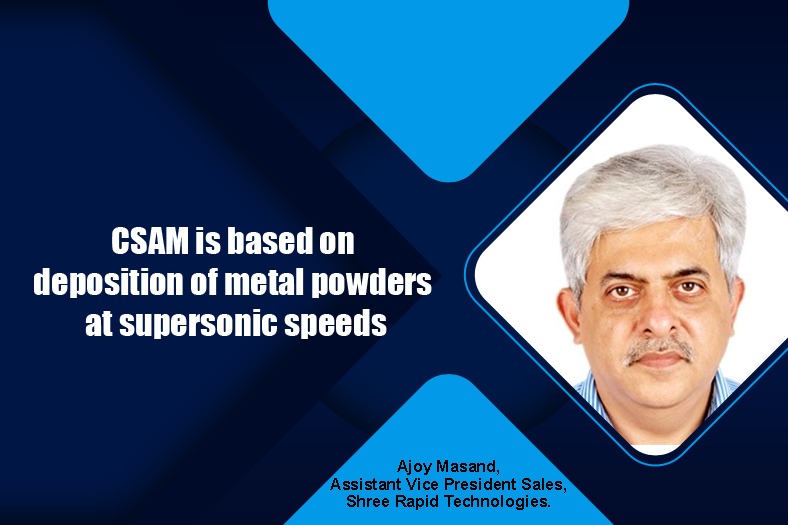





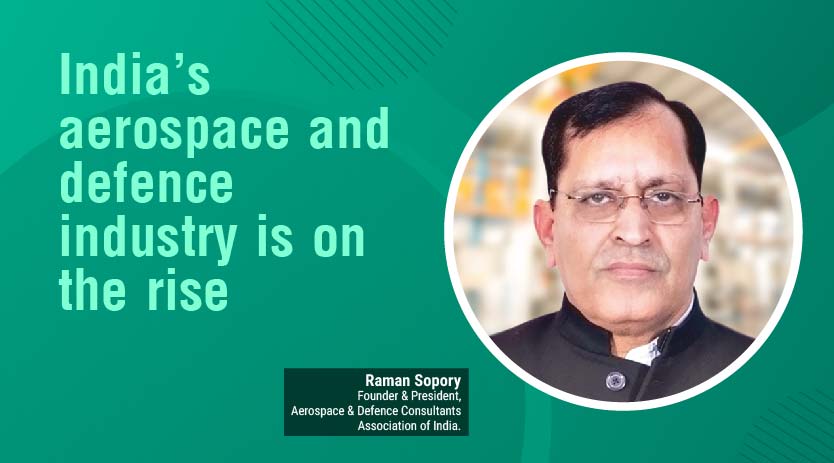
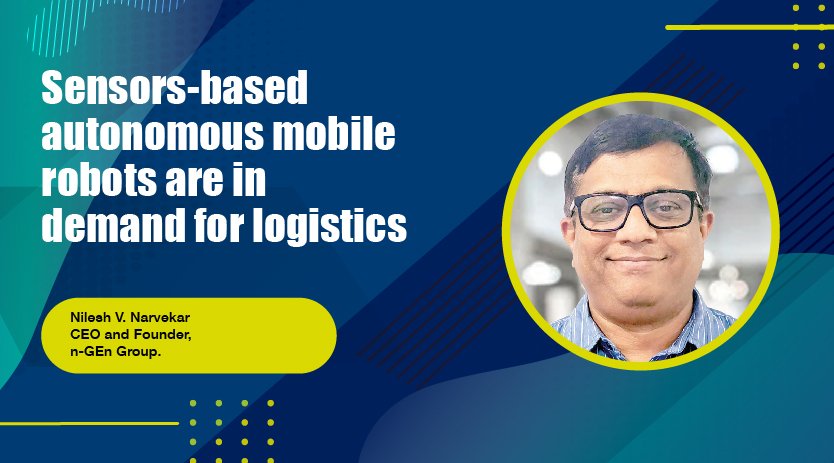
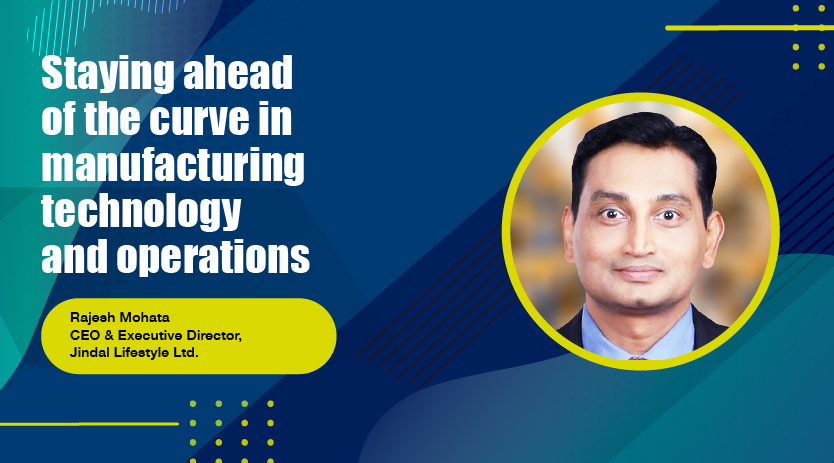
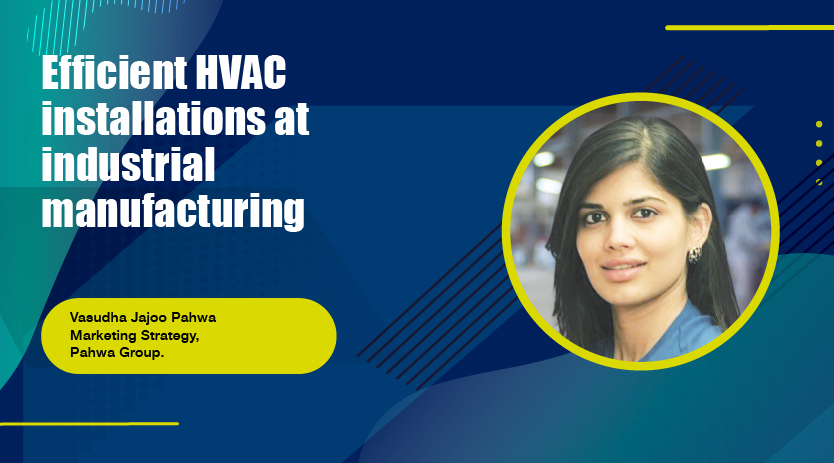
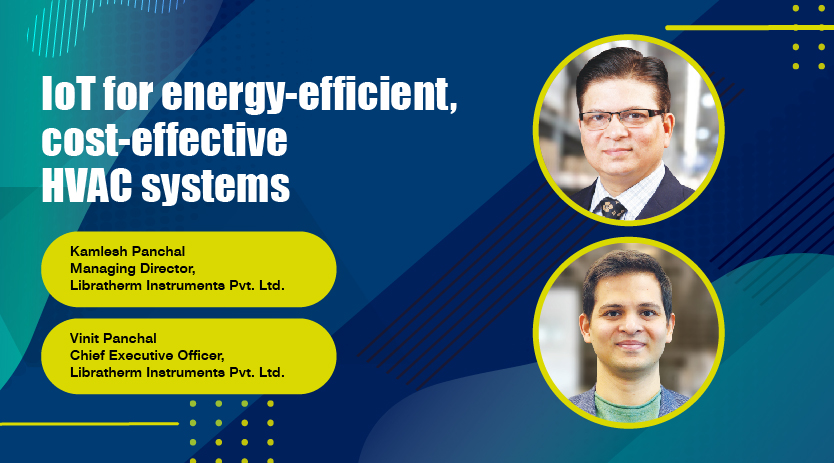





 English
English Hindi
Hindi